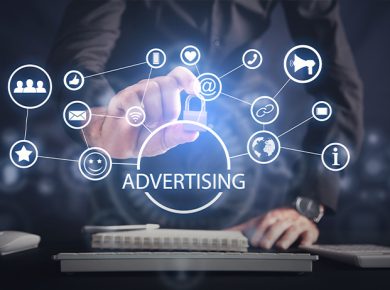Table of Contents
Selecting the right sales funnel is crucial for driving your business’s growth and efficiency. A well-designed sales funnel can streamline your sales process, enhance customer experiences, and significantly boost conversions. In this guide, we’ll explore how to choose the right sales funnel for your business, supported by real market data, a relevant case study, and a practical example of a sales funnel.
What is a Sales Funnel?
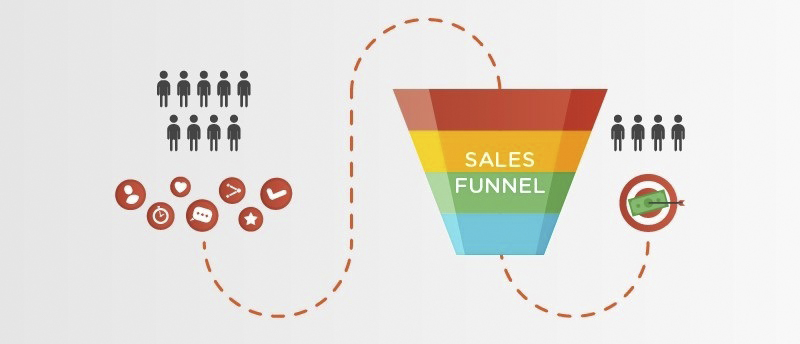
A sales funnel is a model that illustrates the stages a potential customer goes through from first becoming aware of your product or service to making a purchase and beyond. The funnel helps you visualize and manage the customer journey, optimizing each stage to improve overall sales performance.
Why Choosing the Right Sales Funnel Matters
Choosing the right sales funnel is essential for several reasons:
- Optimizes Customer Experience: A well-designed funnel ensures that your prospects receive relevant information and nurturing at each stage of their journey.
- Increases Conversion Rates: Tailoring your funnel to your target audience can significantly boost the likelihood of converting leads into customers.
- Enhances Sales Efficiency: Streamlining your funnel helps your sales team focus on high-value activities, reducing time spent on unqualified leads.
Key Considerations for Choosing the Right Sales Funnel
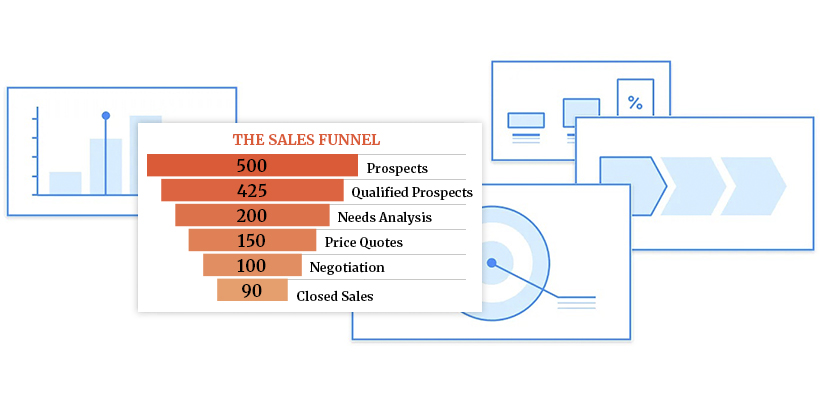
Understand Your Target Audience
Identify the needs, preferences, and behaviors of your ideal customers. Tailoring your funnel to address these factors will make it more effective.
Define Your Sales Stages
Common stages in a sales funnel include Awareness, Interest, Decision, and Action. Determine which stages are relevant to your business and how you will guide prospects through them.
Choose the Right Funnel Type
- Lead Generation Funnel: Ideal for businesses focused on building a list of leads. It often includes content offers and lead magnets.
- Sales Funnel: Designed to convert leads into paying customers, featuring targeted offers and persuasive content.
- E-commerce Funnel: Specifically for online retailers, focusing on driving product purchases through product pages, carts, and checkout processes.
- Customer Retention Funnel: Aimed at existing customers, focusing on upselling, cross-selling, and retaining customers through personalized offers and loyalty programs.
Utilize Data and Analytics
Analyze your current sales data to identify where prospects drop off and where there are opportunities for improvement. Use this data to refine your funnel stages and strategies.
Implement Automation Tools
Leverage CRM and marketing automation tools to streamline your funnel management, track prospects, and nurture leads effectively.
Real Market Data: The Impact of a Well-Designed Sales Funnel

According to a 2024 report by HubSpot, businesses that implement a well-structured sales funnel experience a 23% increase in lead conversion rates and a 19% improvement in sales cycle efficiency. Additionally, companies that use funnel automation tools report a 29% higher sales productivity rate.
Example of a Sales Funnel: A B2B Software Company
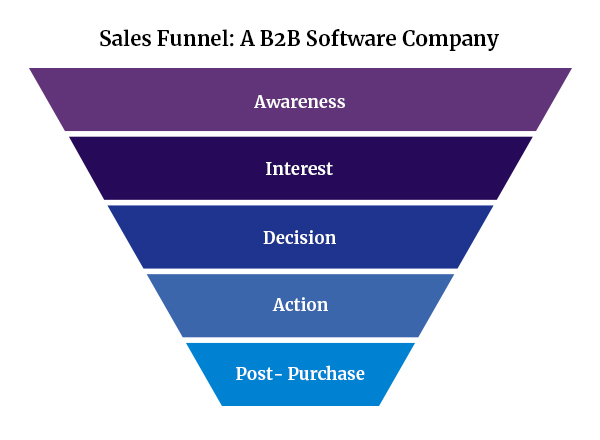
To illustrate how a sales funnel works in practice, let’s walk through a typical sales funnel for a B2B software company.
Awareness Stage
- Objective: Introduce potential clients to your software solution.
- Tactics: Publish blog posts, create educational videos, and run social media ads to raise awareness of your product’s benefits and features.
- Example: The company creates a series of blog posts and whitepapers discussing industry challenges and how their software provides solutions. They also run targeted LinkedIn ads to reach decision-makers.
Interest Stage
- Objective: Engage prospects who have shown interest in your solution.
- Tactics: Offer free trials, webinars, or downloadable resources that provide more in-depth information about your software.
- Example: The company offers a free 14-day trial of their software and hosts a webinar demonstrating its key features and benefits.
Decision Stage
- Objective: Convert interested prospects into leads.
- Tactics: Provide case studies, customer testimonials, and personalized demos to address specific pain points and objections.
- Example: The company sends personalized follow-up emails to trial users, offering a one-on-one demo to address their specific needs and showcasing success stories from similar clients.
Action Stage
- Objective: Finalize the sale and secure the customer.
- Tactics: Offer special pricing, discounts, or incentives to encourage immediate purchase.
- Example: The company offers a limited-time discount on their annual subscription plan for users who convert from the trial within a week.
Post-Purchase Stage
- Objective: Retain customers and encourage repeat business.
- Tactics: Implement customer success programs, provide ongoing support, and offer upsell or cross-sell opportunities.
- Example: The company provides onboarding support, regular check-ins, and additional resources to help customers maximize the value of their purchase. They also introduce new features and upsell additional modules based on customer needs.
Case Study: HubSpot
HubSpot, a leader in inbound marketing and sales software, provides a great example of how to effectively utilize a sales funnel.
Background: HubSpot needed to refine its sales process to better manage leads and improve conversion rates. The company decided to implement a customized sales funnel to address its specific needs.
Sales Funnel Implementation
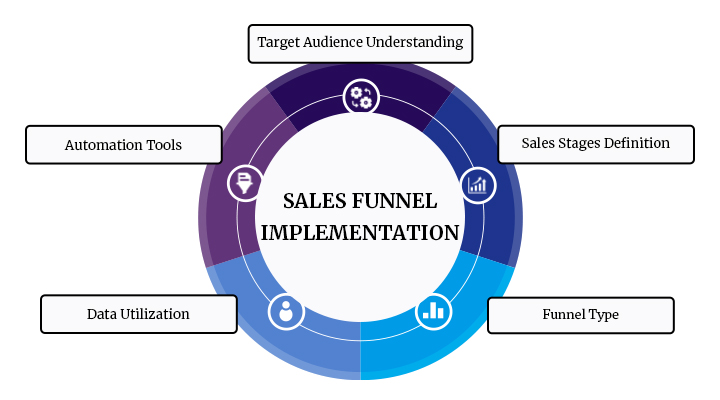
- Target Audience Understanding: HubSpot segmented its audience into different buyer personas and mapped out their pain points and needs.
- Sales Stages Definition: The company established stages including Lead Generation, Qualification, Nurturing, Proposal, and Closing.
- Funnel Type: HubSpot adopted a Sales Funnel model tailored to converting leads into customers, featuring targeted content, personalized demos, and follow-ups.
- Data Utilization: HubSpot used analytics to track lead progression and identify bottlenecks. They adjusted their funnel stages and strategies based on this data.
- Automation Tools: The company integrated its CRM system with marketing automation tools to streamline lead management and nurturing processes.
Results: HubSpot saw a 25% increase in lead conversion rates and a 20% reduction in sales cycle time. The implementation of a customized sales funnel helped the company manage leads more effectively and boost overall sales performance.
Conclusion
Choosing the right sales funnel is essential for optimizing your sales process, improving customer experiences, and driving growth. By understanding your target audience, defining appropriate sales stages, selecting the right funnel type, utilizing data, and implementing automation tools, you can create a funnel that effectively supports your business goals.
Ready to refine your sales funnel? Explore more strategies and insights by tuning into GrowthBuzz. At GrowthBuzz, we’re more than just an e-magazine; we’re a dynamic hub for entrepreneurs, innovators, and thought leaders looking to make a mark in marketing, business, technology, sales, and administration. Visit GrowthBuzz to access the latest episodes, articles, and industry trends.
Want to share your expertise or insights on sales funnels? We invite you to contribute to GrowthBuzz! Your experiences and knowledge can inspire and inform our global audience of entrepreneurs and innovators. Reach out to us via ourwebsite to learn how you can get involved.


